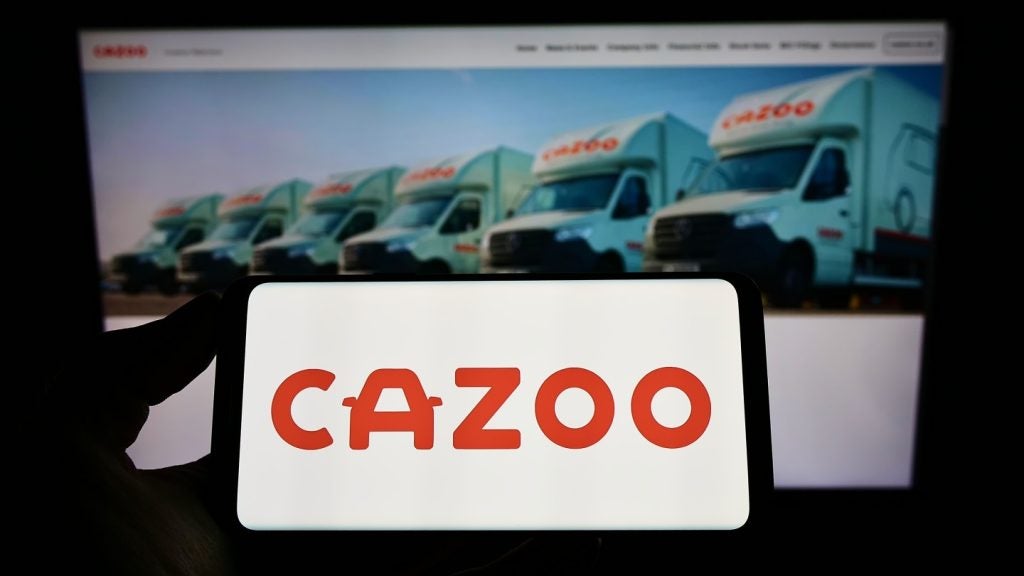
Ride sharing company Uber has launched a self-driving pilot in San Francisco, US, using specially converted Volvo XC90 SUVs.
Uber and Volvo first revealed plans to work together earlier in 2016, involving the supply of 100 XC90s, as part of Uber’s bid to have a fully-autonomous car road ready by the year 2021.
The two companies have agreed to contribute a combined $300m towards the project.
The vehicles will drive around the streets of San Francisco autonomously, but as part of the pilot programme they will at all times have an Uber technician on board to supervise the car’s operation.
Volvo’s three pronged plan
For Volvo, the Uber agreement marks just one part of its plan to develop an autonomous car.
How well do you really know your competitors?
Access the most comprehensive Company Profiles on the market, powered by GlobalData. Save hours of research. Gain competitive edge.

Thank you!
Your download email will arrive shortly
Not ready to buy yet? Download a free sample
We are confident about the unique quality of our Company Profiles. However, we want you to make the most beneficial decision for your business, so we offer a free sample that you can download by submitting the below form
By GlobalDataIn January 2017, Volvo will launch a project called ‘Drive ME,’ with will involve 100 autonomous drive cars being given to members of the public to be driven on real roads around Gothenburg, Sweden.
The third part of the strategy is a joint venture with automotive safety technology company, Autoliv. The joint venture company is to design and manufacture separately branded autonomous drive and driver-assistance software technology packages for sale to third-party OEMs.
The new company will have its headquarters in Gothenburg, Sweden, and an initial workforce taken from both companies of around 200, increasing to more than 600 in the medium term. The company is expected to start operations in the beginning of 2017.







